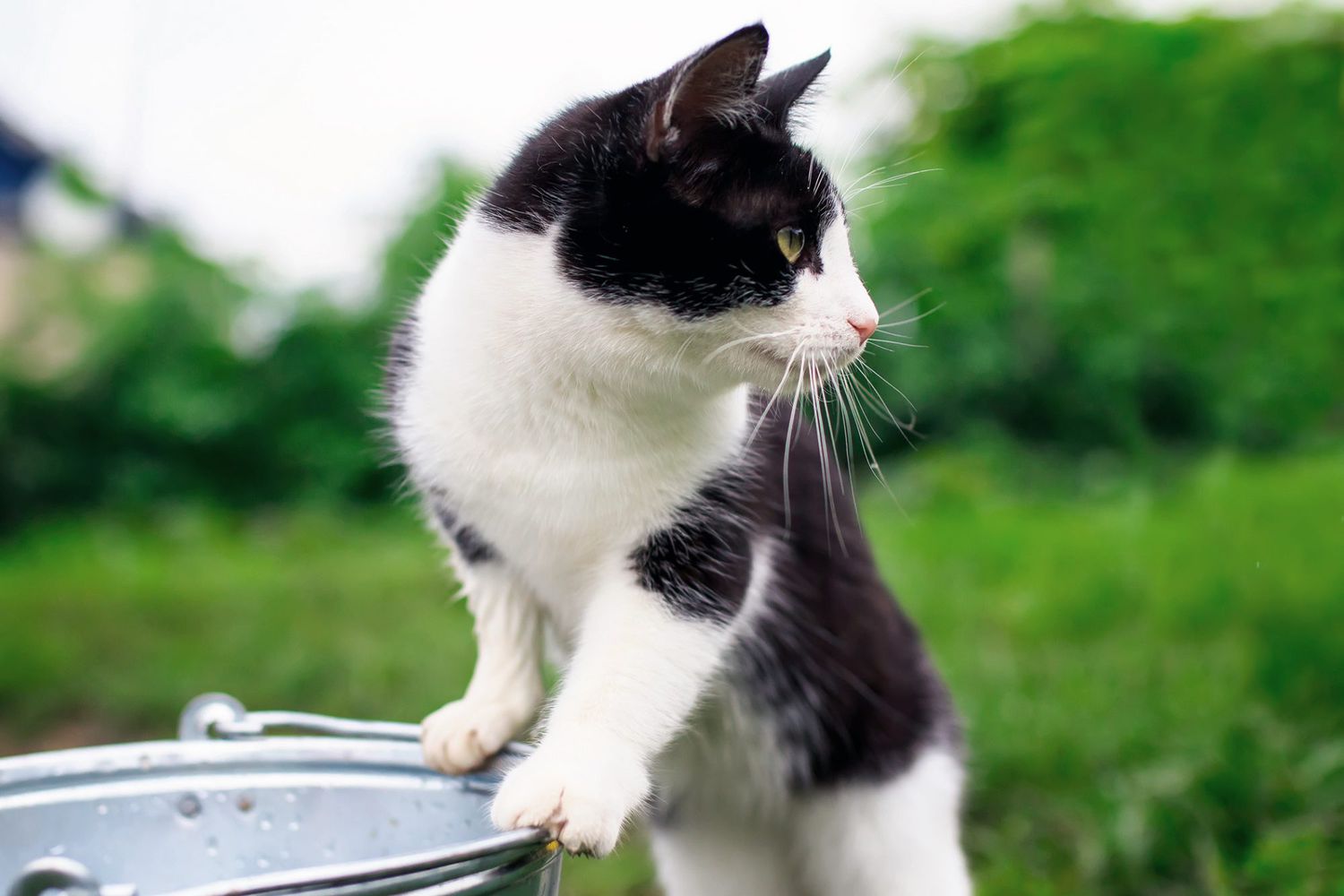Tracking Solutions: Lessening Cat Litter Mess
Tracking Solutions: Lessening Cat Litter Mess
Blog Article

Cat litter and litter boxes play a critical role in the lives of both cats and their owners. From the simple starts of sand and soil to the ingenious advancements of today, the world of cat litter has evolved significantly. In this extensive guide, we dive into every element of cat litter and litter boxes, exploring their history, types, advantages, challenges, and everything in between.
The history of cat litter dates back centuries, with ancient civilizations using sand, soil, and even ashes as primitive litter materials. However, it wasn't until the mid-20th century that modern cat litter as we understand it emerged. In 1947, Edward Lowe introduced the world's first industrial cat litter made from absorbent clay, reinventing the method felines relieved themselves inside your home. Ever since, cat litter has undergone numerous transformations, with the introduction of clumping litter, silica gel litter, biodegradable options, and more.
Today, cat owners are ruined for option when it pertains to picking the best litter for their feline companions. Conventional clay litter remains popular for its affordability and effectiveness in soaking up smells. Clumping litter, which forms strong clumps when wet, simplifies cleaning and maintenance. Silica gel litter, made up of extremely absorbent silica crystals, provides exceptional odor control and longevity. Eco-friendly alternatives, such as recycled paper, wood pellets, corn, and wheat, interest ecologically conscious consumers.
Each kind of cat litter uses distinct benefits. Clay litter stands out in its ability to absorb wetness and control odors, making it a dependable choice for numerous cat owners. Clumping litter simplifies daily scooping and extends the time in between total litter changes. Silica gel litter provides exceptional smell control and can last longer in between replacements. Biodegradable litters use a sustainable alternative that reduces ecological effect.
While cat litter enhances indoor feline health, it is not without its difficulties. Dust from clay litter can pose breathing dangers for both felines and humans, triggering the popularity of dust-free alternatives. Some felines may establish litter box aversion due to issues with texture, aroma, or cleanliness, necessitating experimentation with various litters and box setups. Multi-cat homes might need strategic litter box placement and regular cat litter box maintenance to avoid territorial disputes and make sure all felines have access to clean centers.
Choosing the appropriate litter box is necessary for promoting positive litter box routines and general feline wellness. Elements to think about consist of size, ease of access, and style choices. Covered litter boxes provide personal privacy and help consist of odors, however some felines might find them restricting or intimidating. Open-top litter boxes use easy access and exposure however may result in more litter scatter. Automatic self-cleaning litter boxes enhance maintenance but need regular monitoring Modern Litter Boxes and upkeep.
Correct litter box maintenance is important for making sure a clean and inviting environment for both cats and their owners. Daily scooping gets rid of waste quickly, decreasing odor and dissuading litter cat litter pellets box hostility. Regular litter replacement, generally every 1-2 weeks, avoids bacterial accumulation and keeps optimal absorbency. Comprehensive cleansing with moderate detergent and water, preventing harsh chemicals that may prevent felines from using package, need to be performed monthly.
Cat litter and litter boxes play a central function in fostering a healthy and harmonious relationship in between felines and their human companions. With a varied selection of litter options and litter box designs offered, feline owners have the flexibility to tailor their choices to fit their felines' choices and home requirements. By understanding the evolution, types, benefits, and difficulties of cat litter and litter boxes, pet owners can provide their feline buddies with a comfortable and sanitary indoor environment.